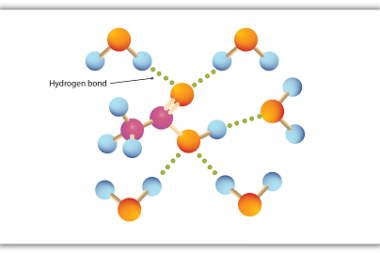Physical properties
Carboxylic acids are a group of organic compounds that contain a carboxyl functional group (-COOH) attached to a hydrocarbon chain. They are characterized by several physical properties, including: What is Required Carboxylic Acids Physical properties The physical properties of carboxylic acids that are required or necessary depend on the specific application or use of the…





